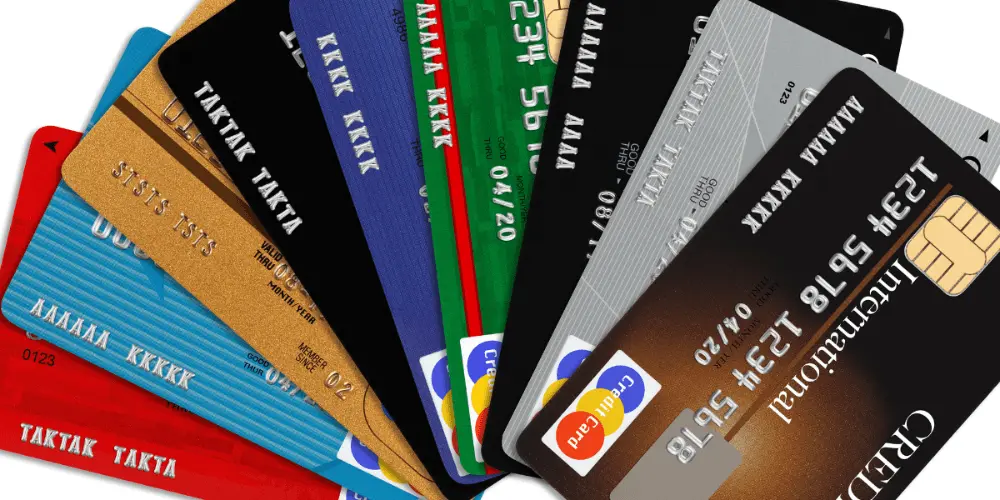Credit cards are a convenient financial tool for everyday purchases, but many people overlook their use as a source of instant cash. Credit card cashing, often referred to as cash advances, allows cardholders to withdraw money from their credit line rather than using it for a purchase. While this can be useful in emergencies, it comes with significant costs and potential risks that should not be ignored. Understanding how much credit card cashing costs can save you from unexpected financial burdens.
Fees and Interest Rates: The Real Cost of Cashing Out
One of the primary costs associated with 신용카드 현금화 is the cash advance fee. Most credit card issuers charge a flat fee or a percentage of the cash withdrawn—typically around 3% to 5%. For example, withdrawing $500 could cost anywhere from $15 to $25 just in fees. Some banks also set a minimum fee, often around $10, meaning small cash advances might cost proportionally more.
Beyond the upfront fees, cash advances usually carry higher interest rates than regular credit card purchases. While typical card purchases might have an annual percentage rate (APR) of 15% to 25%, cash advances can climb to 25% to 30% or more. Unlike regular purchases, these interest charges often start immediately, with no grace period. This means that even if you pay off your card’s balance in full each month, the cash advance will start accruing interest from the day you withdraw the money.
For frequent users, these fees and high-interest rates can quickly add up. Consider withdrawing $1,000 with a 5% cash advance fee and an APR of 28%. Over a month, the total repayment could exceed $1,020 if not paid quickly, and the balance grows significantly over time if left unpaid.
ATM Charges and Other Hidden Costs
Cashing out via an ATM introduces additional fees. Many banks and credit card issuers charge ATM withdrawal fees, especially if you use a machine outside your bank’s network. These fees can range from $2 to $5 per transaction. Moreover, foreign withdrawals may incur currency conversion charges, which can make international cash advances even more expensive.
It’s also important to note that cash advances do not contribute to rewards points or cashback in most cases. While a purchase on a 카드현금화 might earn 1% to 5% cashback or reward points, using your card for cash essentially eliminates these benefits. In other words, you’re paying extra for liquidity without receiving any perks.
Alternatives to Reduce Costs
Given the high costs, many financial experts suggest exploring alternatives before opting for a credit card cash advance. Personal loans, payday loans, or borrowing from friends or family may offer lower interest rates and fewer fees. Some credit cards also offer balance transfer checks or lower-rate cash options, which can be cheaper if managed correctly.
Another strategy is to plan for emergencies by keeping a small savings buffer or using low-interest short-term loans. While credit card cashing provides instant access to money, the convenience often comes with a steep financial price that outweighs the benefits.
Final Thoughts
Credit card cashing can be tempting, especially in urgent situations, but it’s far from a cost-free solution. Between high cash advance fees, elevated interest rates, ATM charges, and lost rewards, the cost of accessing cash can be surprisingly high. Before using this option, it’s crucial to read the terms of your card, calculate the total cost, and consider alternatives. Understanding the hidden costs can help you make smarter financial decisions and avoid unnecessary debt.
